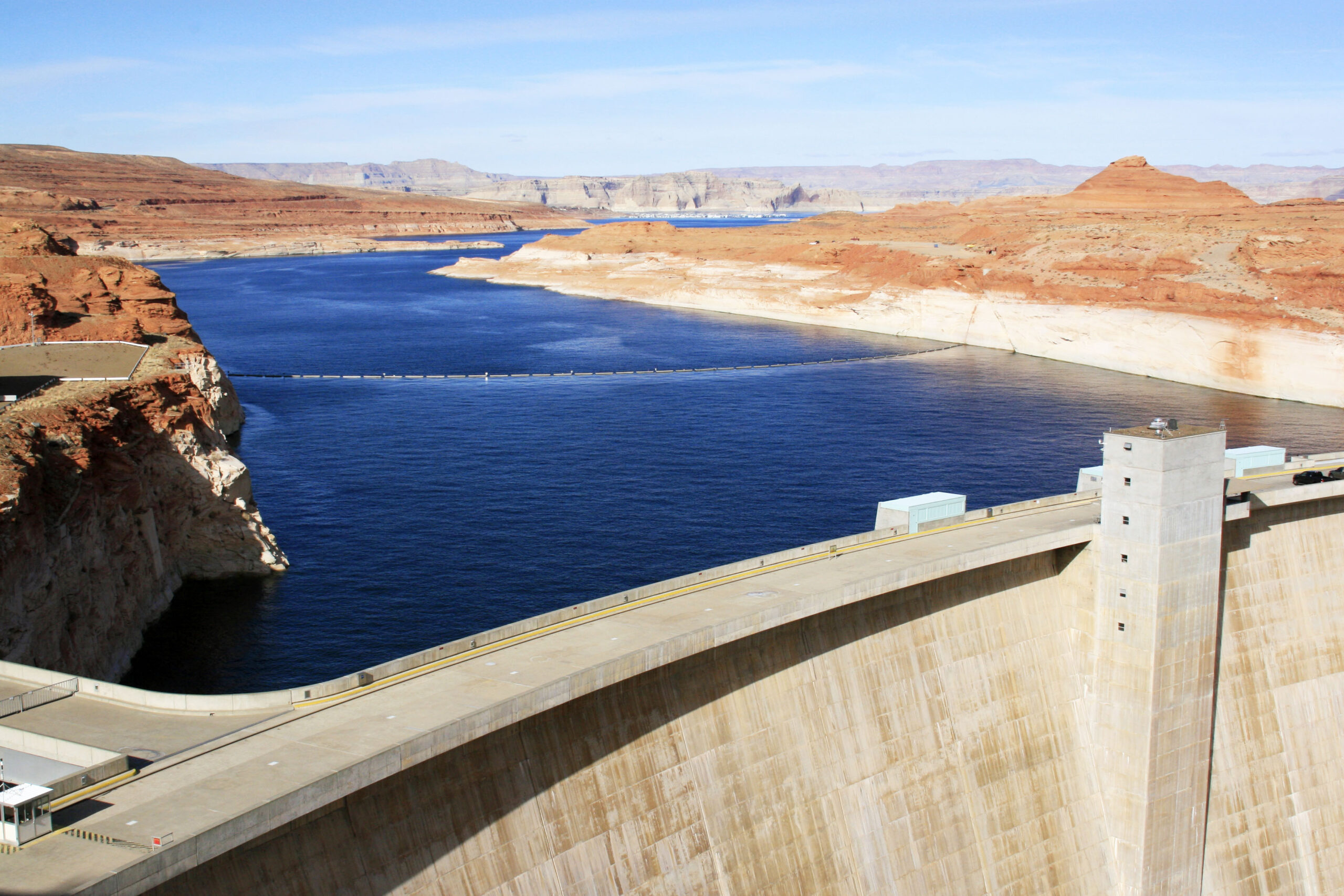Bureau of Reclamation weighs in on recent declines in Lake Powell
As of 6/24/22, the Bureau of Reclamation has imposed a new requirement on the water managers of the Central Arizona Project and the 7 Colorado river states:
They must come up with a plan by mid-August 2022 to somehow save 2-4 million additional acre feet in the system. An acre-foot is the equivalent of yearly water usage for 2 families in Arizona. Thus, this is equivalent of restricting the water use of 8-16 million people yearly! There are only 7.5 million people in Arizona.
This is a huge new requirement for the system to work through and on top of their recent plans to add 1 million acre-feet back to lake mead.
Recent plans of the CAP are focus on preserving the Lake Powell above a certain level. Current Lake Powell level is 3,539 feet (6/24/22). AT 3,490 power can no longer be generated and at 3,370 is dead pool.
Lake Powell lost 21 feet from a year ago, and at that rate of drawdown, power would be lost within about 1 ½ – 2 years. (Some people are saying within 1 year)
Lake Mead is losing about 26 feet per year at present rate of drawdown, since the outflow from Powell has been restricted. The ability to launch boats in Mead will soon be restricted by the water level.
But a recent article in the Phoenix Business Journal outlines the plans for eight master-planned new communities in cities around Phoenix. Link here: https://www.bizjournals.com/phoenix/news/2022/06/24/valley-homebuilders-eight-communities-phoenix.html
These new build communities according to the article will use the “assured water supply” of the towns within which they are being built. And one economist, Elliot Pollack, of Elliot D. Pollack and Co. claimed that a lot of the developments will replace the farmland on which they will be built, and thus trading the farmers water usage for the development’s usage. But not all of the developments are being done on farmland.
RL Brown, publisher of RL Brown Housing Reports, is quoted in the article as saying that “this old argument – that land removed from agriculture generates new water for housing development- no longer carries the same weight.”
This is true because not all of the new projects will be replacing farmland and won’t generate water trade-offs.
Some of the developments planned are huge, like the one planned in Apache Junction, with plans for 11,000 homes. Some even tout lakes within the developments.
So, in a time of decreasing water availability, Phoenix developers seem to be pushing ahead anyway, as though there were no problems.

